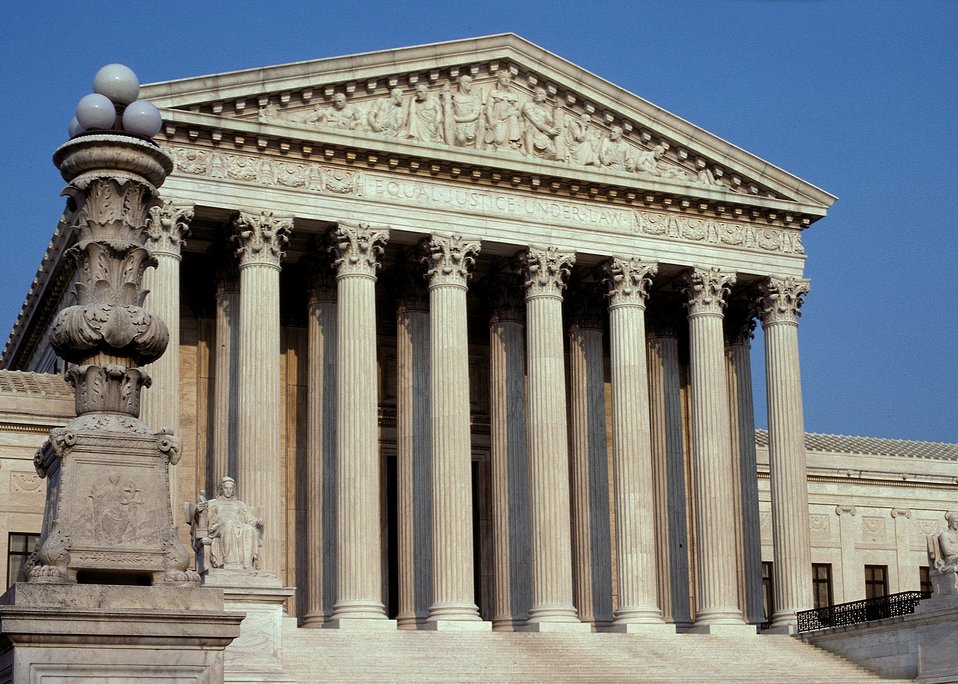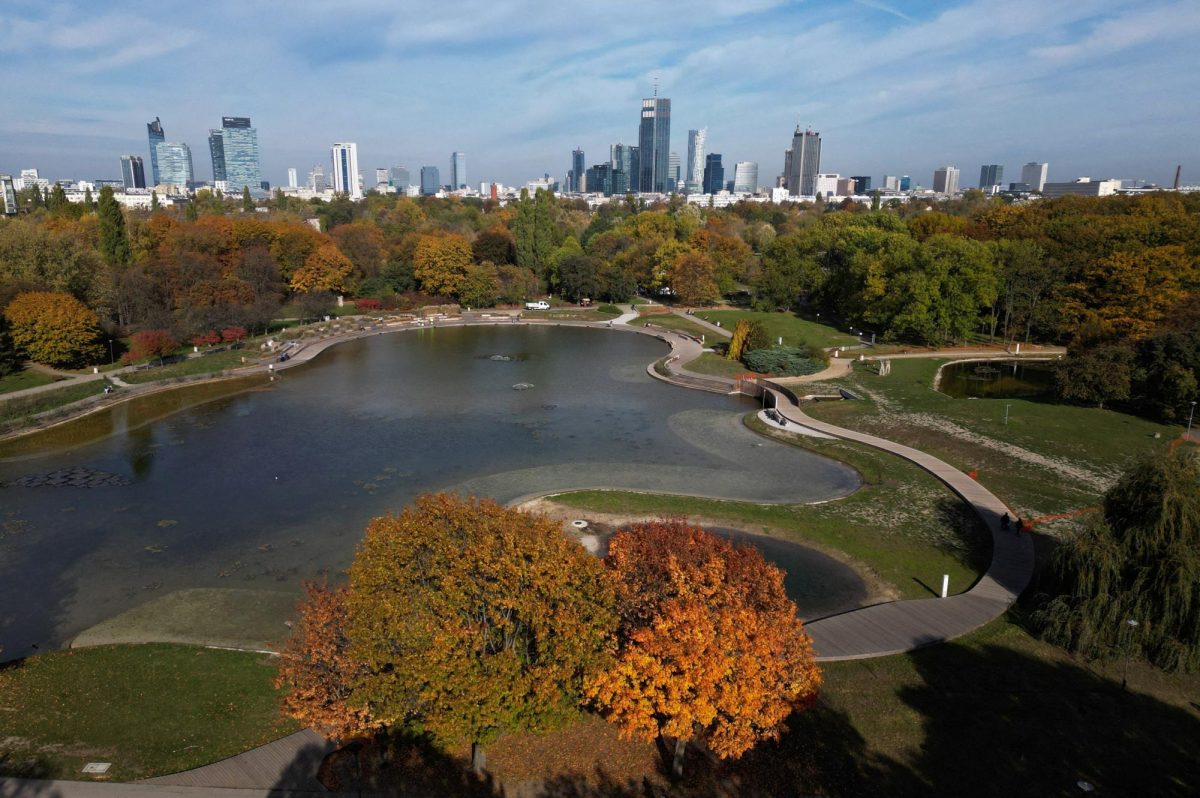On Sept. 18, Justice Ruth Bader Ginsburg passed away, leaving the ninth seat open on the United States Supreme Court. This sparked the partisan battle over if President Trump should be able to nominate and confirm a new justice before the election.
Soon after Justice Ginsburg’s death on the Sept. 18, Senate Majority Leader Mitch McConnell, R-KY, announced his intentions to fill the seat.
“In the last midterm election before Justice Scalia’s death in 2016, Americans elected a Republican Senate majority because we pledged to check and balance the last days of a lame-duck president’s second term. We kept our promise. Since the 1880s, no Senate has confirmed an opposite-party president’s Supreme Court nominee in a presidential election year,” he said.
“By contrast, Americans re-elected our majority in 2016 and expanded it in 2018 because we pledged to work with President Trump and support his agenda, particularly his outstanding appointments to the federal judiciary. Once again, we will keep our promise. President Trump’s nominee will receive a vote on the floor of the United States Senate,” he continued.
While most Republicans are in favor of filling the seat, Senate democrats are currently stating that they should wait until the next President is inaugurated to nominate and confirm a new justice. In total, there has been twenty-nine open Supreme Court seats during a presidential election year. In all twenty-nine times there was a vacancy, the sitting President made a nomination. Ten of these nominations came before the election and nine of these were confirmed.
Senate Minority Leader Chuck Schumer, D-NY, rejected the idea that the Supreme Court vacancy should be filled before the election.
“The American people should have a voice in the selection of their next Supreme Court Justice. Therefore, this vacancy should not be filled until we have a new president,” he stated.
While the Senator now supports this idea in 2020, in 2016, he had a completely different view. When Justice Anthony Scalia passed away in 2016, Senator Schumer urged the Senate to schedule a hearing and a vote for Judge Merrick Garland, President Obama’s nominee to fill the vacancy. While this seat was not filled because the Republicans held the majority in the Senate, it shows a clear difference in opinion for the Senator between the two circumstances.
President Trump announced his nomination of Judge Amy Coney Barrett, who currently serves on the U.S. Court of Appeals for the 7th Circuit Court, to the Supreme Court on Sept. 26. The confirmation hearing is scheduled to begin on Oct. 12 before the Senate Judiciary Committee.
Judge Amy Coney Barrett accepted the nomination at the White House on Sept. 26.
“I fully understand that this is a momentous decision for a President. And if the Senate does me the honor of confirming me, I pledge to discharge the responsibilities of this job to the very best of my ability. I love the United States, and I love the United States Constitution,” she stated.








